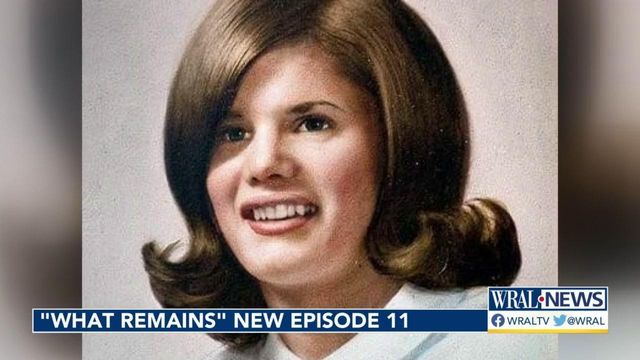DNA profiling and "the CSI effect"
While scientists don't have a magic wand they can wave over a crime scene, they now have something that's pretty close to being magic in DNA profiling.
Posted — UpdatedWe’ve talked a lot about the "CSI Effect" in What Remains. Crime scene techs on popular TV shows use some magical scientific technology that doesn’t really exist to solve cases in less than an hour. You know what I’m talking about – a light that all of a sudden shows the presence of blood spattered on a wall, a hologram that tells the scientists exactly how someone was killed – that kind of thing. This gives the general public an unrealistic understanding of what’s possible and what’s impossible. That’s the CSI Effect, the impact this made-for-TV science has on jurors.
DNA profiling can be a scientific magic bullet
Forensic genealogy helps solve Golden State Killer case
In the case of the Golden State Killer, a forensic genealogist named Barbara Rae-Venter used her skills to take DNA from the scene of dozens of rapes and murders in California and match it to the DNA of a retired police officer who ultimately pled guilty to the crimes.
DNA science propels crime solving into the future
It’s cases like these that shine a bright light on the possibilities of how DNA science can help solve cold cases. I suspect that in 10 years a simple DNA test may be able to tell a scientist right away exactly who someone is. That’s how fast the science of DNA profiling is evolving. But for now, this kind of testing takes a lot of money and a lot of time, it’s just not something every agency can afford to invest in for all of their cases. Hopefully, as these techniques become more mainstream, their cost will decrease and their efficiency will increase.
So, while scientists don’t have a magic wand they can wave over a crime scene, they now have something that’s pretty close to being magic in DNA profiling. I can’t wait to see what comes next.
Related Topics
• Credits
Copyright 2024 by Capitol Broadcasting Company. All rights reserved. This material may not be published, broadcast, rewritten or redistributed.






